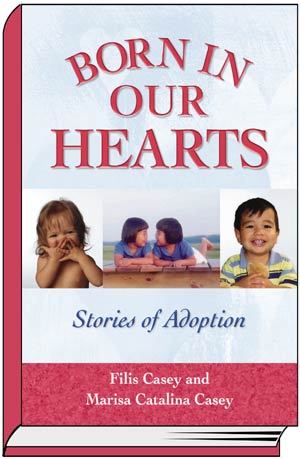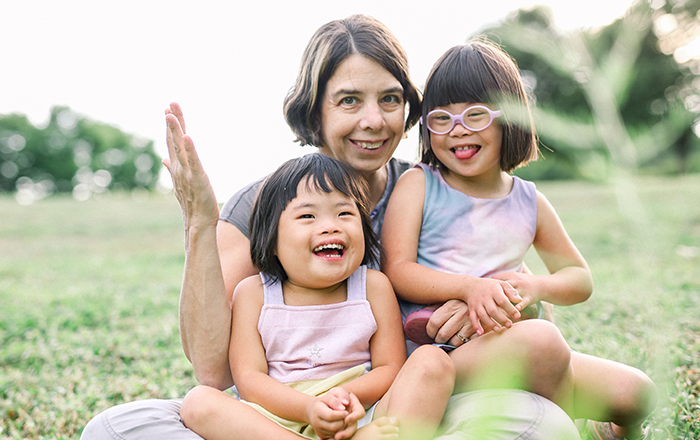HCI; 2004
Buy Born in Our Hearts on Amazon.com >
Together, two anthologies offer a complex, realistic account of adoption. Born in Our Hearts, edited by Filis Casey and Marisa Catalina Casey, takes the warm, personal, emotional perspective of its editors—a mother and daughter united by adoption and now working together with children and adoption issues. Welcome Home, edited by Lita Linzer Schwartz, Ph.D., and Florence Kaslow, Ph.D., by contrast, is clinical in tone, reflecting the perspective of its editors, both of whom are psychologists with extensive experience working with adoptive families.
Welcome Home includes statistics on adoption along with personal narratives describing the paperwork and costs, the bureaucracies, and the complicated thought processes along the way. In Chapter 12, for example, a mother named Anne describes the gut-wrenching journey of adopting two sisters from Russia, ages 8 and 10, who had experienced severe trauma in their biological family. The love and commitment Anne and her husband have for their children were tested, but the family held together.
Notably, many of the adoptive parents writing in Welcome Home are older professionals who married later in life or took nontraditional paths to parenthood. All entered the process with eyes wide open, perhaps still a little nave but staunchly committed to adoptive parenting. When they couldnt move forward, they could put setbacks into perspective.
Adoptive parents commit to a long, occasionally difficult road, as Anne and her husband discovered. Every family is unique, and even those adopting through the same agencies from the same countries can have vastly different experiences.
I recalled this advice when I read the chapter Mya Papu, by Denise Brown, in Born in Our Hearts. Generalizing from her near-idyllic experience of adopting a 4-1/2-year-old boy from Russia, Brown trumpets the advantages of adopting an older child over an infant. Adoptive parents with different experiences of infant and older-child adoptions, however, may feel that her statements have little in common with their own stories.
While the personal stories in Born in Our Hearts are predominantly upbeat, they dont entirely avoid the tough stuff. Questions like, “Why didn’t my birth mother keep me?” and “Where do I fit in?” are normal, even when they are difficult to answer. Even so, we hear encouraging words from young adoptees and from adoptive parents who were themselves adopted. Other contributors describe the joys and challenges of adoption travel to Asia, Latin America, or Eastern Europe, as well as their ongoing efforts to raise children with more than one heritage.
Welcome Home and Born in Our Hearts sample the scope and depth of the adoption process and contribute to a greater understanding of families blessed by adoption. While encouraging parents to read both these books, I caution you not to make assumptions based on other peoples decisions or opinions. Each family must decide for itself the truth of their experience.



